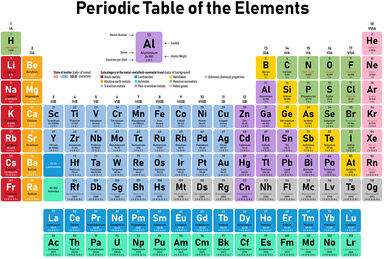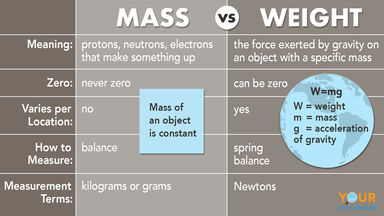Hence the work done in raising the mass will be represented by mg v 2 /2g, that is, Zmv 2 ergs.
The metals may be arranged in a series according to their power of displacing one another in salt solutions, thus Cs, Rb, K, Na, Mg, Al, Mn, Zn, Cd, Tl, Fe, Co, Ni, Sn, Pb, (H), Sb, Bi, As, Cu, Hg, Ag, Pd, Pt, Au.
Again, the pyroxenes, RS103 (R=Fe, Mg, Mn, &c.), assume the forms (I) monoclinic, sometimes twinned so as to become pseudo-rhombic; (2) rhombic, resulting from the pseudo-rhombic structure of (I) becoming ultramicroscopic; and (3) triclinic, distinctly different from (I) and (2); (I) and (2) are polysymmetric modifications, while (3) and the pair (I) and (2) are polymorphs.
Such slags contain S10 2 =3033%, Fe(Mn)O =27-50%, Ca(Mg, Ba)O =12-28%, and retain less than 1% lead and I oz.
Boron hydride has probably never been isolated in the pure condition; on heating boron trioxide with magnesium filings, a magnesium boride Mg 3 B 2 is obtained, and if this be decomposed with dilute hydrochloric acid a very evil-smelling gas, consisting of a mixture of hydrogen and boron hydride, is obtained.





